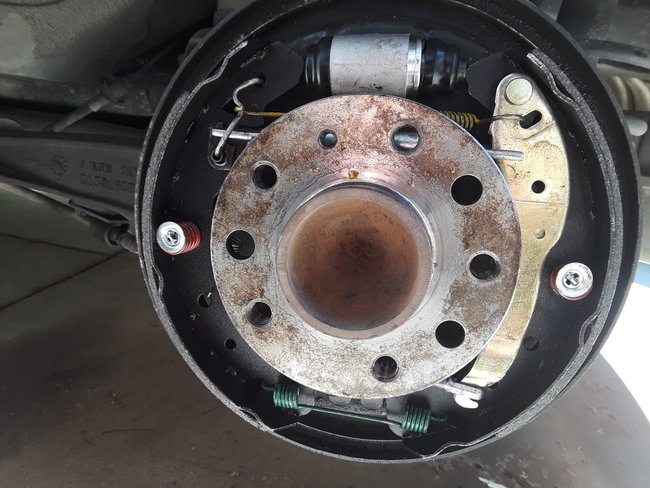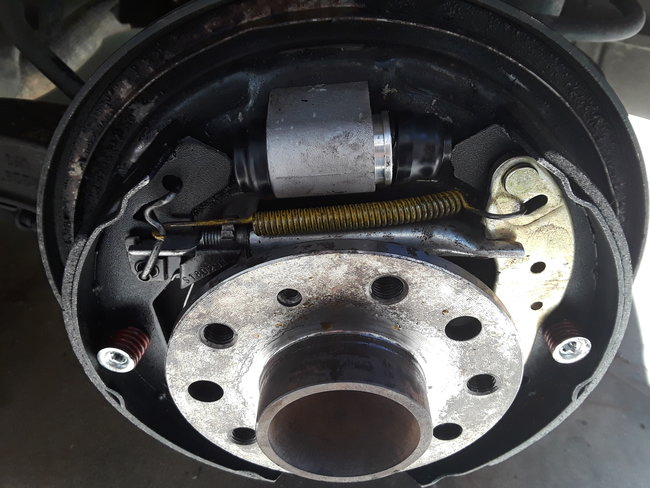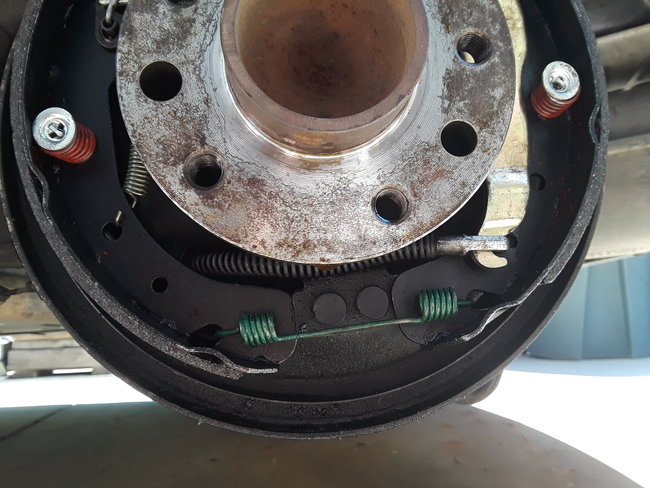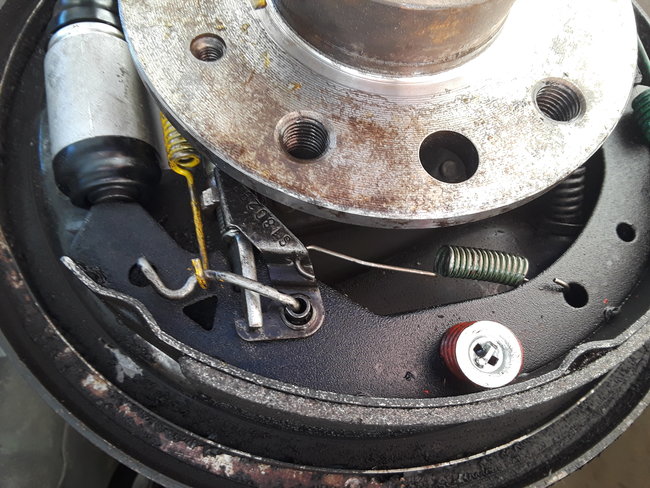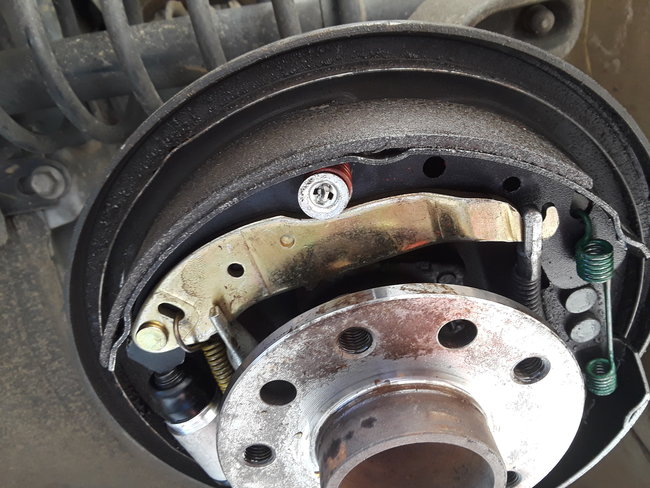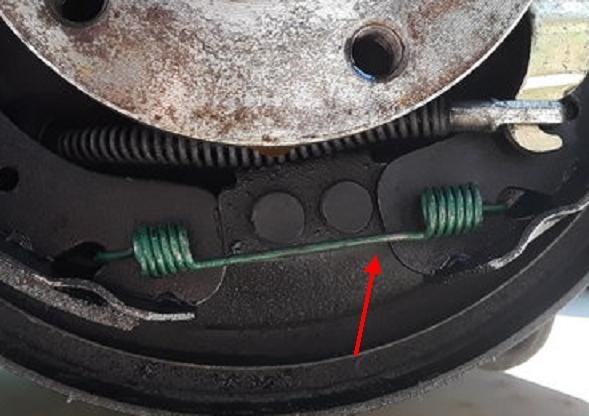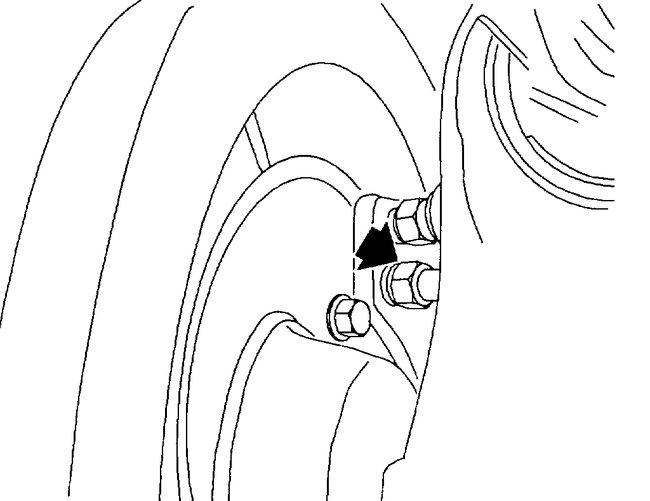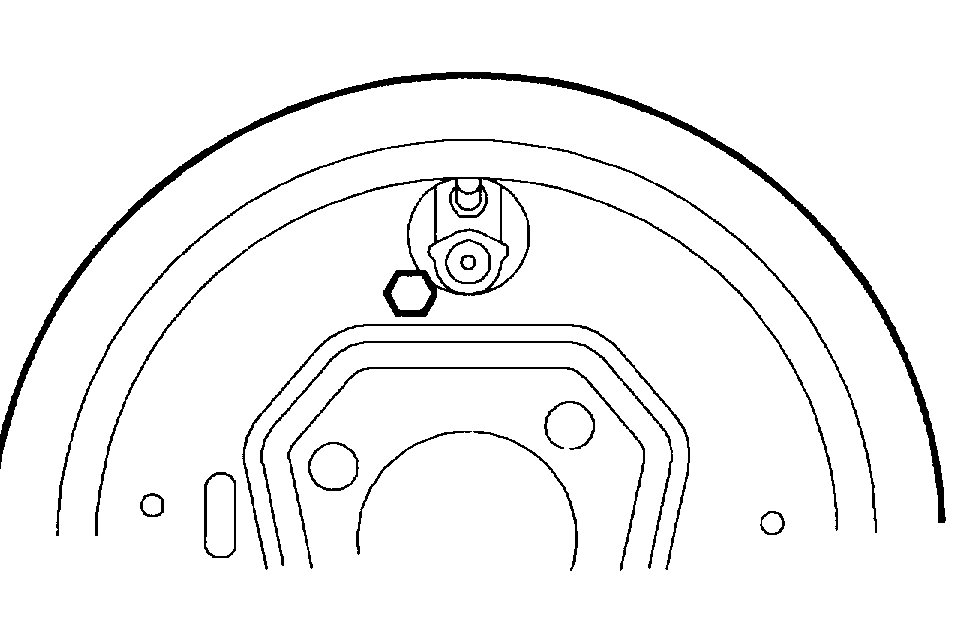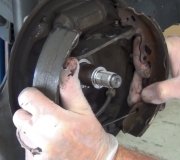Hi,
I'm not sure exactly what you are referring to. Here are the directions for removal and replacement and nothing indicates removal of the hub. The two attached pics correlate with the directions.
__________________________________
2001 Saturn L200 L4-2.2L VIN F
Procedures
Vehicle Brakes and Traction Control Hydraulic System Wheel Cylinder Service and Repair Procedures
PROCEDURES
WHEEL CYLINDER
REMOVAL
CAUTION: MAKE SURE VEHICLE IS PROPERLY SUPPORTED AND SQUARELY POSITIONED ON THE HOIST. TO HELP AVOID PERSONAL INJURY WHEN A VEHICLE IS ON A HOIST, PROVIDE ADDITIONAL SUPPORT FOR THE VEHICLE ON THE OPPOSITE END FROM WHICH COMPONENTS ARE BEING REMOVED.
1. Raise vehicle on hoist.
2. Remove rear wheel and tire assembly.
Pic 1
3. Disconnect brake pipe at rear wheel cylinder. Plug open brake pipes to prevent brake fluid loss and contamination.
4. Disassemble rear drum brake assembly.
5. Remove wheel cylinder fastener and remove wheel cylinder.
INSTALLATION
pic 2
1. Install new wheel cylinder onto backing plate with fastener.
Torque: Wheel Cylinder-to-Backing Plate Bolt: 9 Nm (80 inch lbs.)
2. Connect brake pipe onto wheel cylinder.
Torque: Brake Pipe-to-Rear Wheel Cylinder: 16 Nm (12 ft. Lbs.)
3. Completely assemble rear drum brake assembly.
NOTICE: Before installing wheels, remove rust or corrosion from wheel mounting surfaces and brake rotors. Failure to do so can cause wheel bolts to loosen in service.
4. Position wheel and tire assembly onto hub.
5. Install wheel bolts and tighten in a star pattern.
5.1 Hand tighten all five wheel bolts.
5.2 Use a torque wrench to tighten wheel bolts using a star pattern.
Torque: Wheel Bolts (Initial Torque): 63 Nm (46 ft. Lbs.)
5.3 Use a torque wrench to final tighten wheel bolts using a star pattern
Torque: Wheel Bolts (Final Torque): 125 Nm (92 ft. Lbs.)
6. Lower vehicle from hoist.
7. Bleed brakes.
____________________________________
Let me know if this helps or if you have other questions. If possible, upload a pic of what you are referring to.
Take care,
Joe
Images (Click to make bigger)
Wednesday, October 7th, 2020 AT 12:14 PM
(Merged)
